Content by SDSU Extension

Healthy Sleep and Shift Work
Learn how to overcome a few common barriers that may impact your ability to achieve restful sleep when working a non-traditional work schedule.

A Busy, Healthy Week
Life gets busy; it is a (non-scientific) fact. Somewhere in between getting kids to school, working, picking kids up from school, and driving kids to extra-curricular activities you have to figure out what to feed your family. After a long day, convenience is priority. Although eating out or grabbing some fast food may seem like the easiest option at night, preparing meals at home is a healthier and more affordable solution.
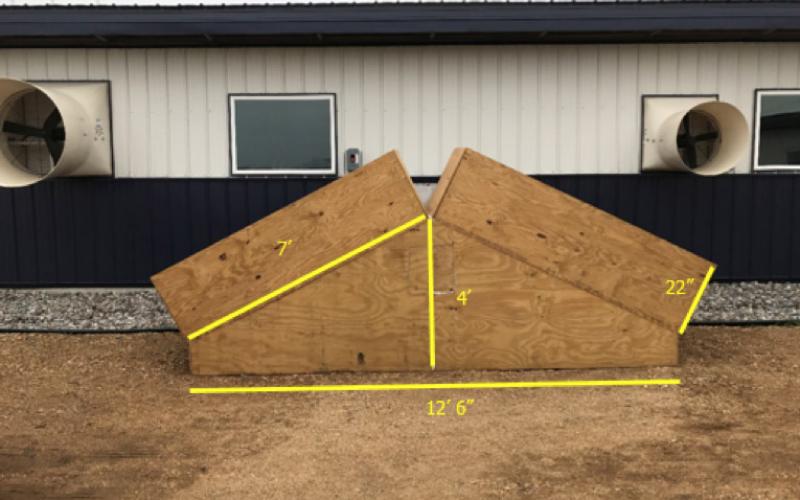
Slanted Bed Biofilter Construction: Lessons learned at the SDSU wean-finish unit
This article outlines the design considerations and cost to construct a slanted bed biofilter for a pit fan on the new South Dakota State University Swine Education and Research Facility wean-finish unit.

Getting Your Five Cups
“Eat your fruits and veggies!” You have probably heard this saying since you were a little kid and perhaps you are now telling your kids to do the same. There is a reason we are encouraged to eat our greens from a young age; these colorful foods are full of vitamins, minerals, and fiber. The USDA recommends adults consume two cups of fruits and three cups of vegetables per day.
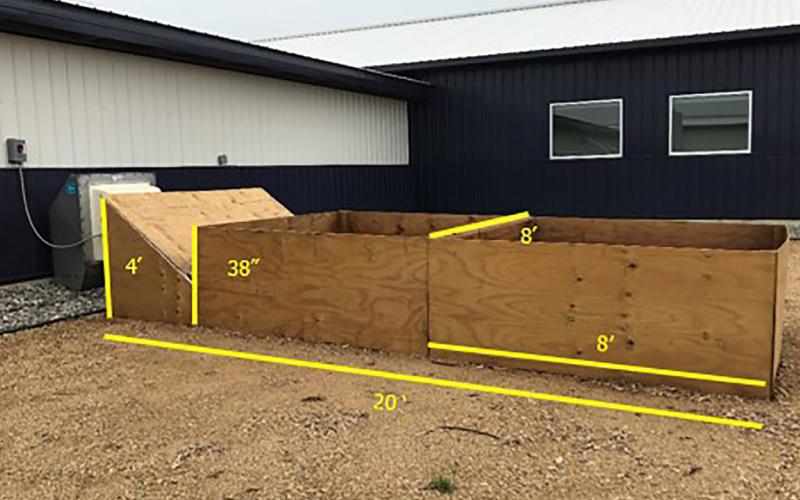
Horizontal Bed Biofilter Construction: Lessons learned at the SDSU gestation unit
This article outlines the design considerations, experiences and cost to construct a horizontal bed biofilter for a pit fan on the new South Dakota State University Swine Education and Research Facility gestation room.
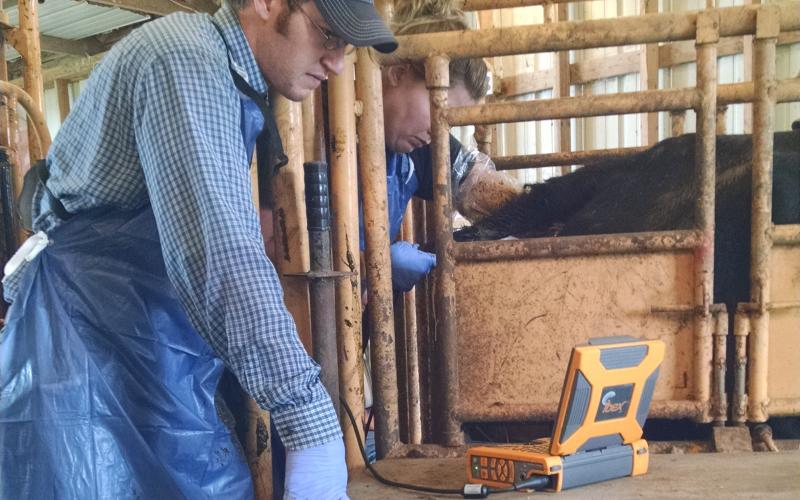
Putting the Preg Check Results to Work
Pregnancy check day is one of the most important days on the ranch as it is the day when we find out what cows are pregnant and how many calves we can expect come calving season. So now that the veterinarian has left the yard and the open cows are sorted off, what’s next?

Make Each Day Count
One of the first steps in making healthy choices each day is realizing the importance of living a healthy lifestyle and truly making a behavior change.
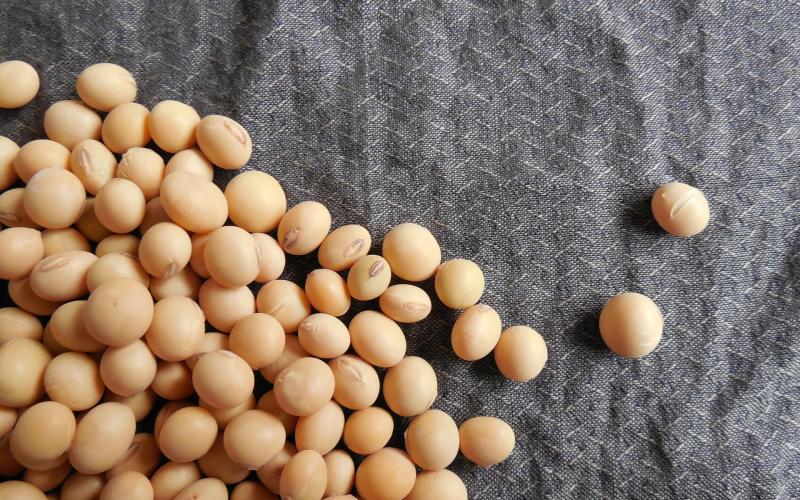
Want a Premium Price? Weed Control In NON-GMO Soybeans
Many emotions set in on farmers that hear the word “non-GMO”, but it could help them in times like today when prices are low for many farm products in South Dakota.
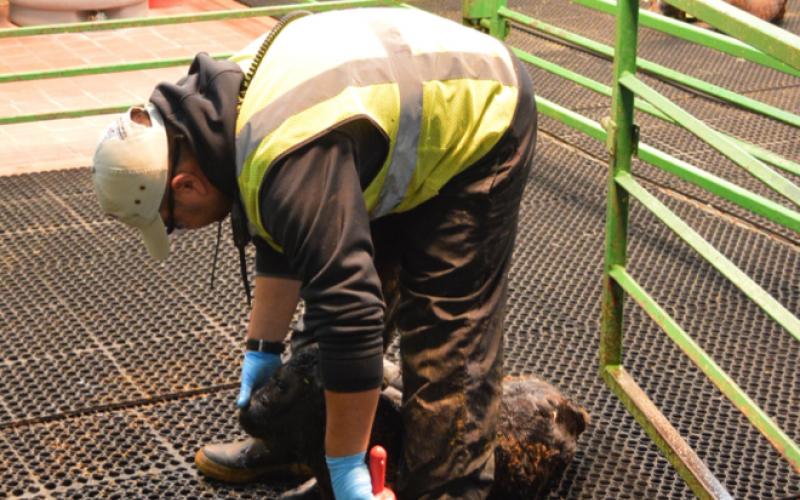
Dressing for the Job on Dairies Year-Round
We often check the weather before heading out the door and decide if we need a coat or not. But is the clothing we are wearing protecting us or could it add increased risk as we perform our job? A good share of producers on dairy farms, are now providing their employees with some type of uniform or clothing stipend.
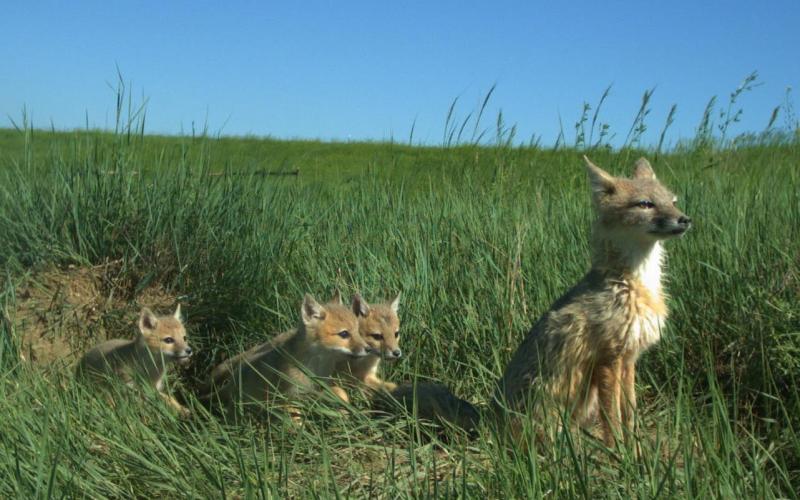
Swift Fox Status on South Dakota’s Grasslands
The swift fox (Vulpes velox) is a small fox native to the short and mixed-grass prairies of the Great Plains. In 2014, I began my master’s research at South Dakota State University monitoring the population of swift foxes around Badlands National Park in southwestern South Dakota. This population has recently declined, possibly due to various biotic and abiotic factors.